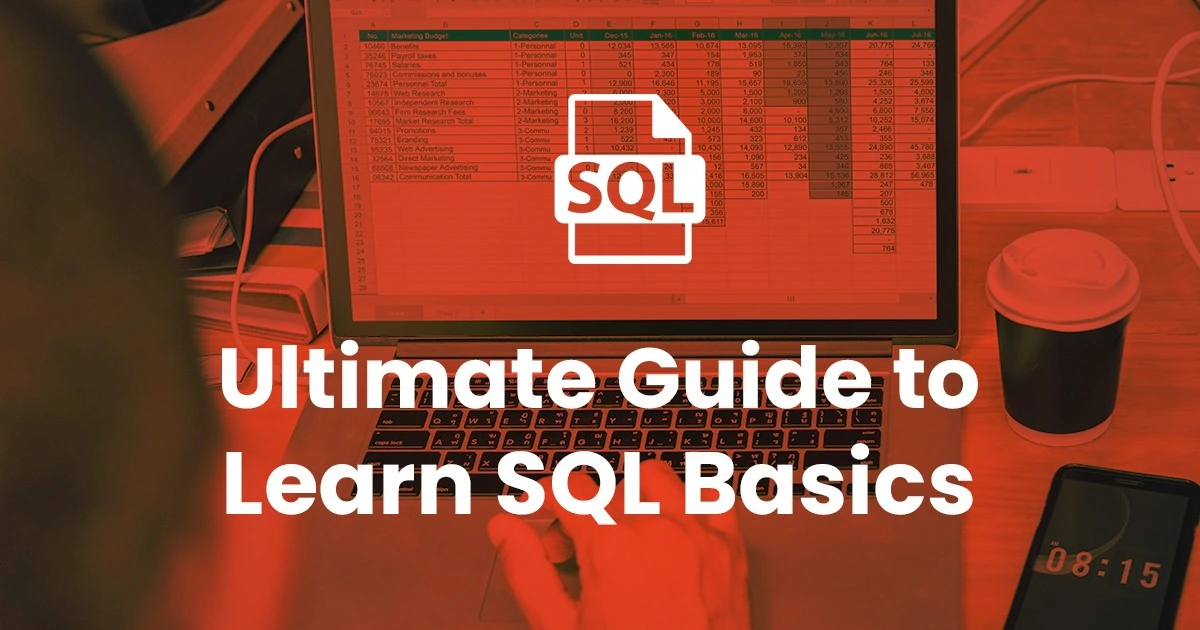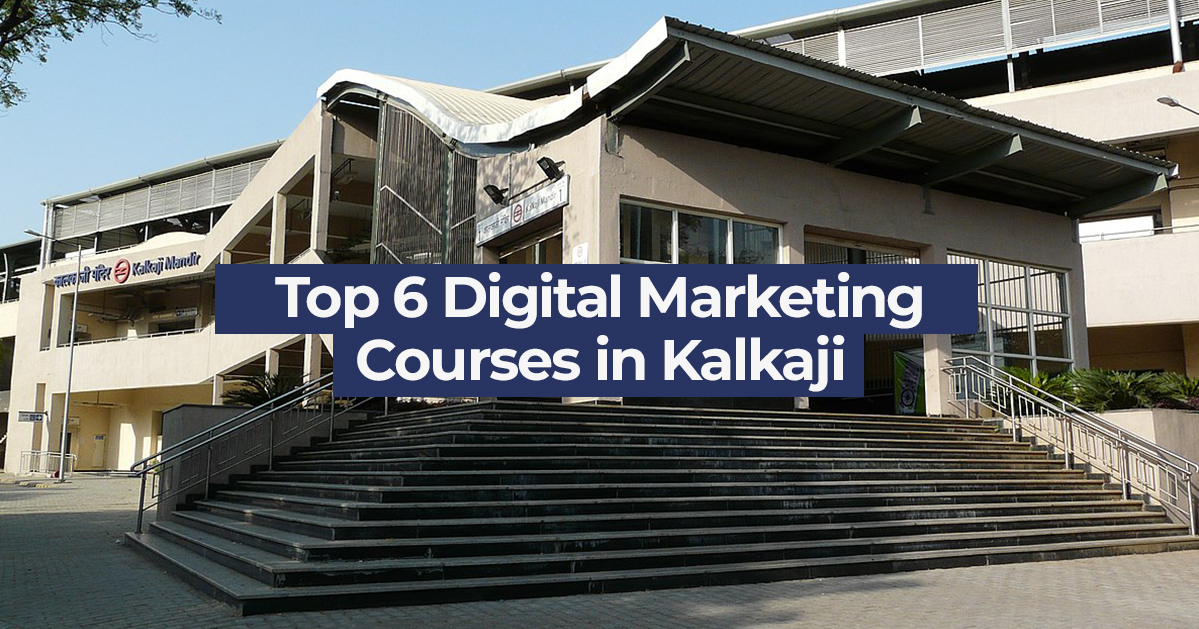Are you an aspiring data scientist looking forward to learning SQL basics?
Great! Let’s get started.
SQL or Structured Query Language is a standardized form of programming language which has been designed specifically for retrieving, storing, manipulating and managing data within an RDBMS or Relational Database Management System. This gives
SQL was developed originally in the year 1970 by IBM. Earlier it was referred to as SEQUEL or Structured English Query Language and later became popular as SQL. In the year 1987, this programming language became an ISO standard.
Since its standardization, it was implemented widely in almost every domain. It is supported by the well-known relational database systems like SQL Server, MySQL, and Oracle. However, some of the SQL standard features are implemented in a different way in different databases.
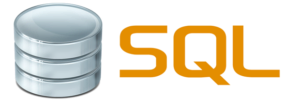
This SQL basics tutorial will help you in learning all the relevant SQL basics for beginners which would make it easier for you to grasp the advanced concepts and basics of SQL.
Detailed SQL Basics Tutorial
If you are someone who needs a job in data, it is very important that you learn SQL concepts. Here are the main reasons why there is a need to learn the basics of SQL.
1. SQL is Used Everywhere
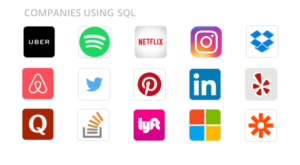
Almost every big-game player in the technological domain makes use of SQL, including Netflix, Uber, Airbnb, etc. Even the companies that have managed to build their own database systems like Google, Facebook, Amazon, etc, have been using SQL in order to perform analysis and query data.
Close to 60.48% of the databases used today are SQL databases.
And, the use of SQL is not limited to the tech companies, almost all companies, big or small, use it or its derivative. SQL may be considered old but it surely is ubiquitous. The syntax of SQL can persist through space and time.
2. The Demand for SQL has Risen
More often than not, several job posts in data have been seen mentioning that they are in need of someone who has good SQL skills. Even the entry-level jobs in data require the candidate to possess skills in SQL.
The demand for a candidate with SQL skills is almost three times more than that of Python and R programming languages. Learning SQL will not only make you much more qualified to bag such job opportunities but it will also set you apart from everyone else who has neglected SQL and learned other programming languages.
3. SQL is Popular
When compared to Python and R, SQL is much more popular among the data engineers and data scientists. This is because SQL and its derivatives are more commonly used when compared to the other programming languages.
Despite a lot of hype revolving around Hadoop, NoSQL and other such technologies, SQL still remains the most popular among all the folks who are working in the data field. While learning SQL you can be sure that they are not wasting their time by learning a language that is dead but learning something which forms the base of any data-driven organization.
Why is SQL Programming so Widely Used?
While going through every SQL basics tutorial, you may wonder why the SQL programming language is so popular in the data field. It is important to note the below points which show why SQL programming is being used widely and why several candidates aspiring for a job in data want to learn the basics of SQL.
1. Data Mining
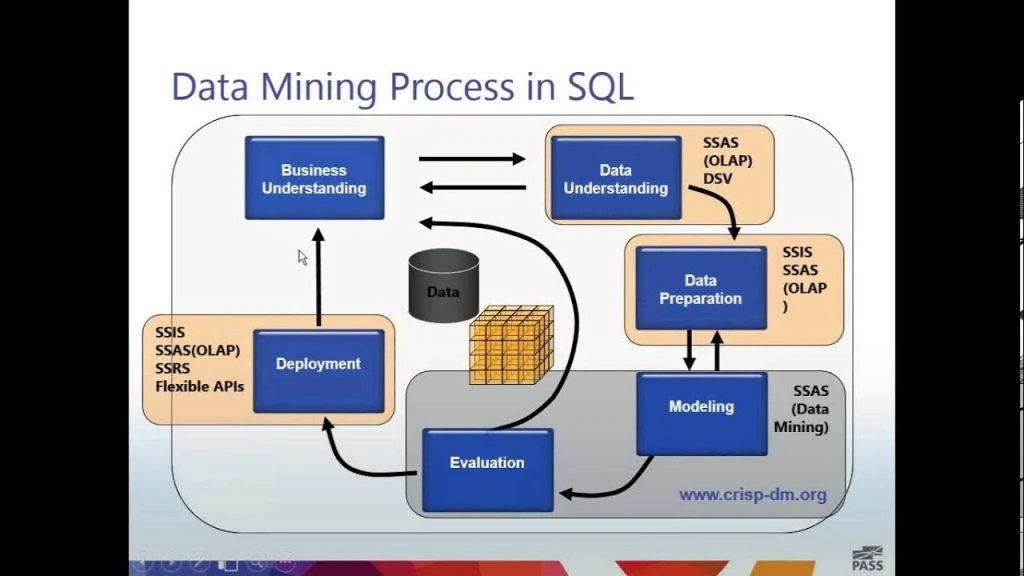
With SQL, you can gain the ability for Data mining with higher efficiency. With the help of basic queries, you would be able to identify specific data at different time intervals, monitor the table activity, view and update events, and do so much more.
2. Data Manipulation
Particularly, SQL is great for data manipulation. Since SQL allows you to view the exact data and its working, you will be able to test and manipulate the data in a much easier way. Furthermore, the data which gets stored in SQL is highly dynamic, which means that this data can be manipulated and modified at any given time with the help of basic queries.
3. Combining Data from Different Sources
When you try combining data from two or more sources, it can be pretty time-consuming and very daunting. However, with SQL, this process becomes a breeze since SQL supports merging during which the entire database or specific fields are combined.
4. Databases and Servers
SQL programming language is very useful for anyone who wishes to manage or create their own servers. Several servers of different organizations make use of SQL or MySQL to store the data in their system.
When a person is familiar with SQL basics, they can navigate easily through the confusing dataset webs.
5. Managing Large Data Pools
Are you wondering how the large pools of datasets are managed practically? Well, this is done with the help of SQL. You can make use of traditional spreadsheets to manage the small and medium-sized data pools but when it comes to handling and managing large data pools, you would need a different fix.
Whether it is 10,000 records or a million records, SQL can be used to easily handle large data pools of any given size.
Features of SQL
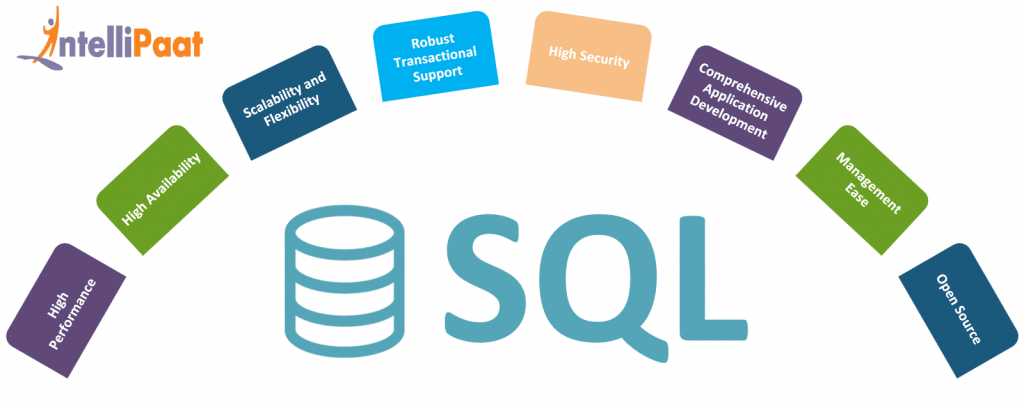
The features of SQL are what makes it a major game player in the data field. Here are the features of SQL which is very important to note while learning SQL basics.
1. High Performance
SQL can provide the capability of high performance for a heavy workload, high usage, and a highly transactional database system. Through SQL programming, describing the data in an analytical way has been made possible.
2. Flexibility and Scalability
Flexibility and scalability are two of the things which you can get through SQL programming with Python. With the help of SQL, new tables can be created easily and even the tables not used frequently in a database can be deleted in a simple way.
3. Robust Support for Transactions
SQL programming language gives you the liberty to handle and manage large records and multiple transactions.
4. Comprehensive Development of Applications
While learning SQL basics, it is important to note that SQL is a programming language that continues to be used by several well-known companies. They are used by highly skilled programmers to develop apps for easier access to databases.
5. High Security
When it comes to providing permissions on procedures, tables, and views, it is pretty easy. This is why SQL is used to give high security to the data.
6. Open Source
SQL is a programming language that is open source and it is used for building and managing a relational database system.
7. Ease of Management
While learning SQL basics, you will see that data can be managed much more easily when it comes to SQL. it is used in almost every database management system which is relational.
“Create”, “Select”, “Drop”, “Insert”, “Delete”, and “Update” are the most common and also the standard SQL commands which aids in the management of large datasets in a quick and efficient manner.
8. High Availability
SQL programming language is compatible with several databases including Microsoft SQL Server, MS Access, Oracle Database, MySQL, SAP Adaptive Server, SAP HANA, and many more. These are mainly the relational database management systems that support SQL.
With SQL, several procedures like the creation of application extension, procedural programming, etc, become much easier, making SQL a powerful tool.
Basics of SQL – What is a Query?
Every individual who is learning the SQL basics for beginners must know what a query is.
A query basically is a request for information or data from a single table or a group of tables in a database. This data table is generally formed by the results that are returned by SQL or in the form of graphs, pictorials, or any other complex result.
Any of the variety of query languages can be used in order to perform the task of complex or simple database queries. The query feature is a prime necessity for the capability of data storage.
Even though there are several query languages, SQL is the most well-known and ubiquitous. The data types are generated by query according to the specific functions. There are plenty of query languages that generate the data results in the form of graphs or any other complex data manipulation, like data mining.
Here is a detailed video for SQL beginners
SQL Process
The processing of a query includes the translation of high-level queries into low-level expressions. This can then be used for query optimization and query execution for getting the actual result.
SQL processing involves the following steps.
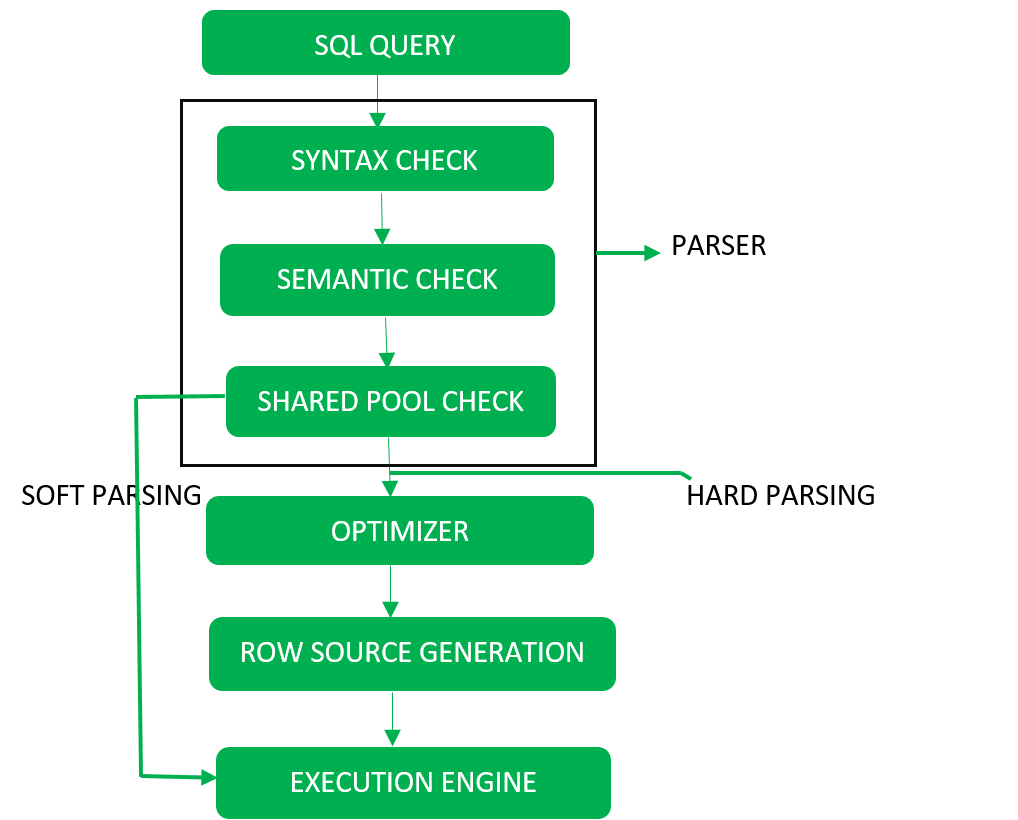
1. Parser
The database performs the syntax, semantics and shared pool checks during the parse call. This is done after the conversion of a query into a form of relational algebra.
If the query is fresh and the query’s hash code doesn’t exist in a shared pool, the fresh query will then have to pass through some additional steps which are referred to as hard parsing. If the code of the query exists in the shared pool, it does not have to pass through the additional steps and will directly go to the execution engine and this is called soft parsing.
2. Optimizer
During this stage, a hard parse needs to be performed by the database for at least a single unique statement of DML and then perform the optimization. The database would not optimize DDL unless a DML component is included, like a subquery which would need optimization.
This is a process during which several query execution plans are examined and the most efficient one is sent for execution. The execution plans are stored in database catalogs and the optimizer would then pass the plan of the lowest cost for the execution process.
Another major aspect of SQL basics for beginners that needs to be learned is the row source generation. This is a software that gets the optimum execution plan through the optimizer and then it produces an iterative execution plan that can be used by the database.
3. Execution Engine
This runs the query finally and displays the result required.
Applications of SQL
Some of the main applications of SQL which you need to know while learning SQL basics are given below.
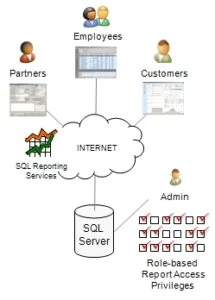
1. Scripts of Data Integration
One of the main applications of SQL is to write the scripts of data integration which is done by the developers and database administrators.
2. Retrieving Information
Another major application of SQL is to retrieve the information subsets that are within a database. This is done for transaction processing and analytics applications. Some of the most used elements of SQL insert, select, add, update, create, delete, alter and truncate.
3. Analytical Queries
SQL is used by the data analysts to set and run the analytical queries regularly.
Apart from this, SQL is also used for the database table and index structure modifications. With SQL, the rows of data can be updated, added and removed easily.
SQL Optimization Techniques
Another concept in SQL basics for beginners is the techniques used for SQL optimization. Some of them are mentioned below.
(i) Instead of then, use the actual names of columns in the SELECT statement.
(ii) Do not make use of the HAVING clause for any purpose other than for rows filtering after they are selected.
(iii) Always try and minimize the amount of subquery block in an SQL query.
(iv) Make appropriate use of IN, EXISTS, and table joins in your query.
IN is known to have the slowest performance.
The efficiency of IN is high when the subquery has the filter criteria.
The efficiency of EXISTS is high when the main query has the filter criteria.
(v) When you use joins that involves several tables with more than one relation, try using EXISTS and not DISTINCT.
These are just a few of the many SQL techniques which can be used to get better results.
Conclusion
Over the years, SQL has gained massive popularity and remains to be one of the most widely used programming languages. This SQL basics tutorial will help you in gaining the initial insight into the basics of SQL which will make it easier for you to learn the advanced concepts of SQL.
You may also enroll in a Data Science Course for more lucrative career options in Data Science.
